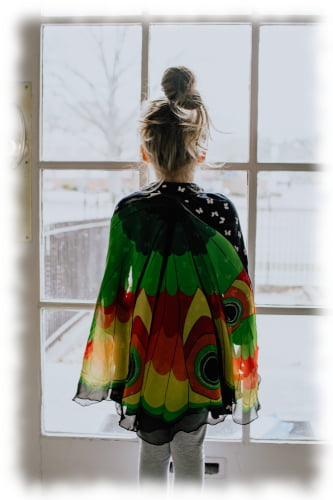This is the fourth blog article written as I pause from my regular blog posts which focus on drama classroom management, integration, collaboration, and assessment to share ideas about conducting drama for remote learners in the age of online classes and social distancing. I know there is difficulty in taking a collaborative art form and retrofitting it into the new educational parameters. I spent from April-June 2020 teaching young people drama via an online interface and beginning to design ideas for socially distant classrooms. I will be sharing with you some of the ideas that were successful for me in doing drama with remote learners. I am asking that you use this forum to share your ideas – you will be credited –challenges and lessons learned. We will all be grateful to you.
In this month, I will discuss adapting a drama lesson: The Statue Maker lesson , also known as Concentration and Partner Work Lesson (found in OneStopDRAMAShop.com) adapts really well for on line instruction if you have breakout rooms available.
In this lesson, students usually “mold” their partners into images by manipulating and shaping them. In the “in person classroom” I share with the students that they don’t have to touch their partners or be touched, if they do not wish. Instead they have the option of showing their partner how to move into the image or they can tell their partner what to do by giving clear instructions verbally. For the on line work, the latter two options are shared and left up to the statue make and their partner, the clay, to decide which path they will take. In this way, students can still practice the art of decision making (who will be the statue maker and who will be the clay) and negotiating their decision peacefully which is outlined in the lesson.
Additional variances for the on line work:
The teacher modeling: When I model, I ask one student to be my partner and we first do the “Red and Blue” dialogue to determine who is the statue maker and who is the clay arriving at the “ask, don’t tell!” feature. Next we choose one of the options (showing or verbal instructions). Then I give a prompt for the content of the statue (e.g. create a statue of something to eat that is good for you, create a statue of a person showing responsibility, create a statue of a famous landmark you might see on the East Coast, etc.). Lastly we model working until the statue is created.
I share a step by step process with the students:
Your 1 minute Challenge:
-
- Decide who the statue maker is and who the clay is: use the “Ask! Don’t Tell” and the Decision Making Strategy.
-
- Decide together if the statue maker will use showing or verbal instructions to make the statue.
-
- Statue Maker completes the statue based on this prompt ________________.
-
- Switch roles and do it again, if time permits.
The students are paired or tripled up and sent to breakout rooms to complete the 1-2 minute challenge of making their statues.
The students return and share their statues with the entire class. Explaining to the class what they have made.
On following days you might want to repeat the activity but this time enlarging the groups and taking it in to the realm of story.
I begin by discussing the story elements of character and action (as it relates to plot and message).
Students are grouped into teams of 3-5 depending on their age and social development. This time when they are sent for their challenge, they are given a small script with blanks to use as a prompt for their statues. Below are some script ideas:
-
I/we saw someone _____________ so I/we did ________ and then I (we) _____________ed to solve the problem.
-
I/we saw __________ happening so I/we quickly ________ and then did ______________to help the person.
-
Because I felt______________ I sort of accidentally on purpose did ___________ which caused _________________ to happen. So, I took responsibility and did ____________.
The students follow the same process outlined for the first day but now they have two images (or three or four) to create in a sequence that tells the story. Also, additional time is give 3-4 minutes.
Once they have completed their statue stories, they return to the class and share their statues as they tell their story.
All my lessons are written as a sequence of short steps. On OneStopDRAMAShop.com you can find this story written out in a lesson plan that you can download and break into your own steps. The two previous articles in this blog outline several activities that can be done on line as well as for distanced classroom instruction. If you have a favorite lesson you would like me to adapt for our current situation, please write me and let me know. Glad to assist.





